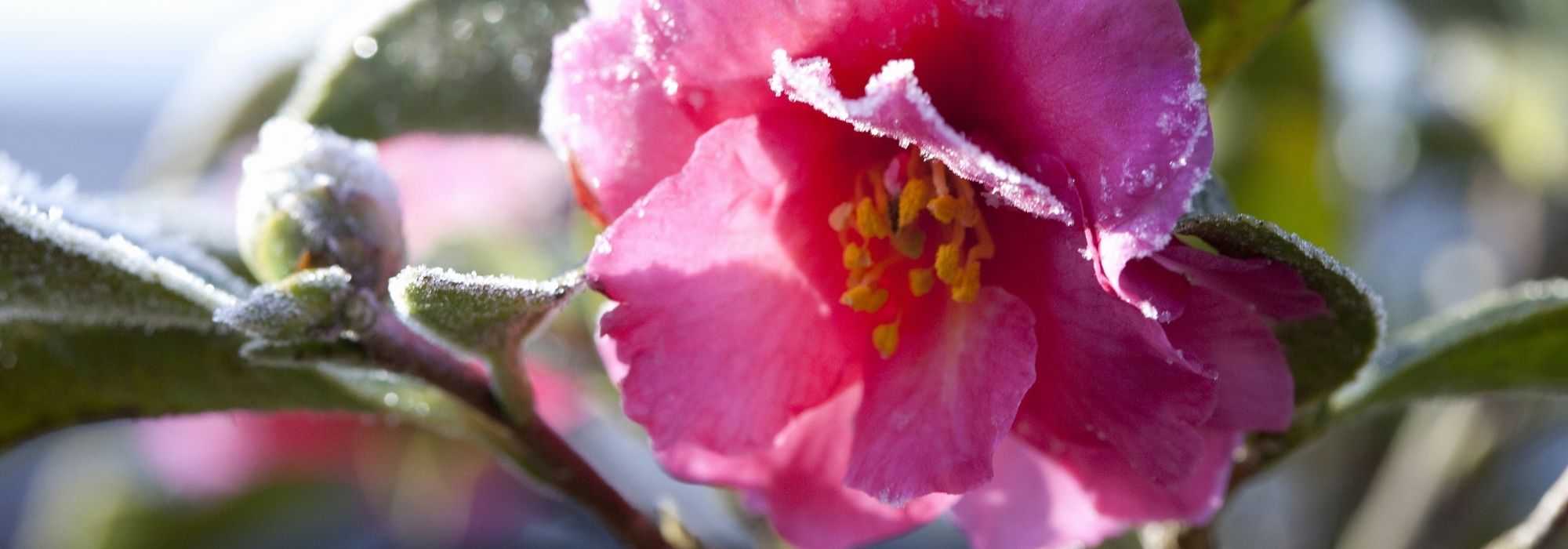
Camellias in winter: how to look after them?
Protection and care
Contents
Camellias (Camellia) are charming evergreen bushes of moist, slightly acidic soil, which prefer shaded to partially shaded positions. Highly decorative, they are suitable for cultivation in open ground or in pots, to decorate garden or terrace. Their generous flowering, sometimes scented, brightens surroundings from autumn to spring depending on species and varieties. Fairly hardy, they nevertheless require some precautions to get through winter. Discover our tips to care for your Camellias in winter, and enjoy their great ornamental value.
Camellias, variable cold hardiness
Camellia sasanqua, japonica, williamsii, botanical species… the list is long and offers a very wide choice. This results in differences, both in terms of flowering period (from autumn to spring), habits, shape of the flowers or their colours and in their capacity to withstand cold.
While many grow without problems in an oceanic climate, some Camellias can suffer in regions with harsher winters. The most sensitive parts of the bush are its roots, which grow close to the surface and can therefore be affected by frost, as well as the flower buds, exposed directly to ambient air. These are all the more vulnerable when they form before the coldest periods of the year and flower at a critical time.
Average hardiness of Camellias is around -10°C, but damage can occur from -4°C, especially if your bushes are not growing in ideal conditions. When buying, check the hardiness specific to each species or variety, and to give your bush the best chance, follow these tips to help it get through winter without problems.
Read also
Camellias: planting, pruning and careCamellia in open ground: winter protection and care
- Flower buds of camellias are less threatened by frost itself than by rapid freeze–thaw cycles. Avoid planting your bush in the east, where the first rays of sun favour this situation.
- Planting in the shelter of an evergreen tree, such as a conifer for example, provides your bush with a beneficial cover in the depths of winter. The presence of a wall is also beneficial. Simply ensure the bush is not in too dense a shade, and that it is sheltered from cold, drying winds.
- Mulch heavily around the base, over a wide area, with dead leaves, straw or pine bark. This mulch insulates its shallow roots from the cold.
- For young plants, you can, in case of intense, prolonged cold, install horticultural fleece. Ideally in that case construct a frame around the bush, using wooden stakes for example, and drape the fleece over it, in one or two layers if necessary. Avoid wrapping your plant tightly so as to leave an air pocket inside the fleece. This air pocket will act as a buffer against outside air. Important: Remember to remove this protection as soon as temperatures rise above 0°C. This will prevent your plant from starting growth too early; the microclimate inside the fleece could cause your plant to break bud too quickly and then suffer serious damage if temperatures fall again.
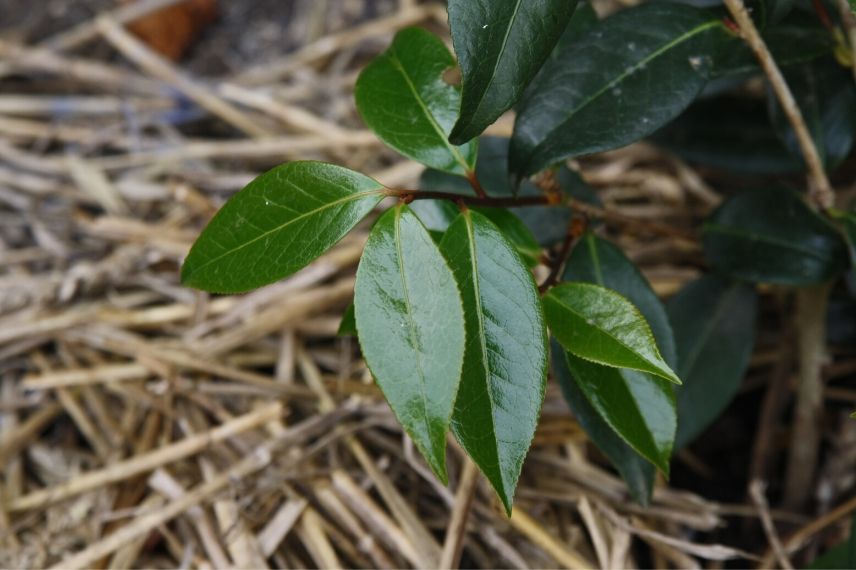
Mulch to protect roots from cold!
Discover other Camellia
View all →Available in 0 sizes
Available in 1 sizes
Available in 1 sizes
Available in 1 sizes
Available in 1 sizes
Available in 1 sizes
Available in 2 sizes
Available in 1 sizes
Available in 1 sizes
Available in 1 sizes
Potted camellia: how to care for it over winter?
- When planted in a pot, Camellia is more sensitive to cold than in the ground. Installing a good layer of drainage at the bottom of the pot is essential (clay balls, gravel…).
- In winter, to improve water drainage and insulate it from cold terrace soil, place the pot on small pot feet. Some are very decorative.
- During cold spells, move the container close to a wall, sheltered from cold winds and the sun’s first rays. The warming of the air should be gradual.
- Mulch the surface, to a good depth.
- If necessary, wrap the pot in one or more insulating layers, for example bubble wrap, secured in place with string.
- Fitting a frost protection cover is often easier for potted plants than for those in the ground. Again, using a small, easily removable frame is ideal.
- Monitor the potting mix and ensure it is neither waterlogged nor dry. If necessary, water when temperatures rise a little, but do not drown your bush.
- If winter is very severe and you can, store your Camellia in a frost-free space, such as a well-lit garage or a greenhouse. In that case, be even more attentive to the moisture level of the potting compost.
→ Whether in the ground or in a pot, remember to remove snow, as it can scorch foliage and cause branches to break.
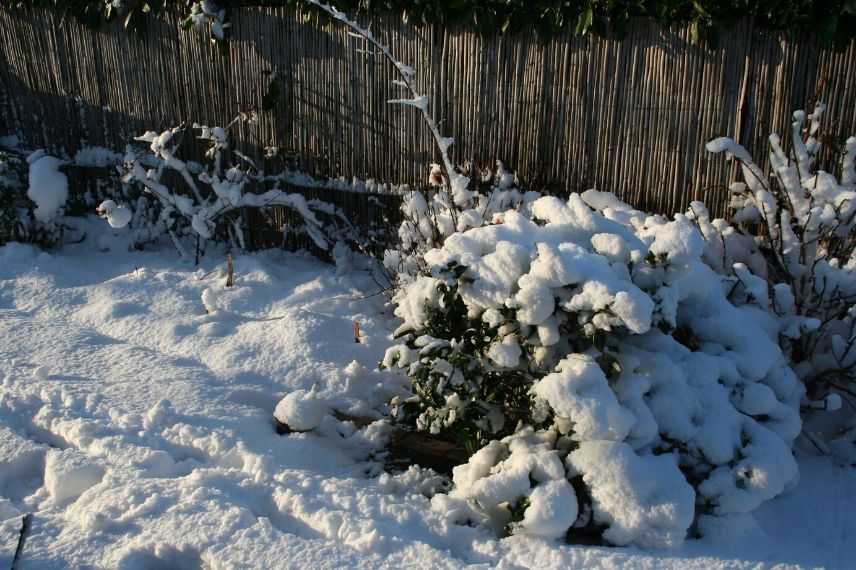
Remember to remove snow from your camellias!
→ If necessary, you can cut dead or damaged branches, but Camellia is a bush that generally does not need to be pruned.
We offer our very wide range of Camellias, where you will find varieties suited to your garden.
- Subscribe!
- Contents
































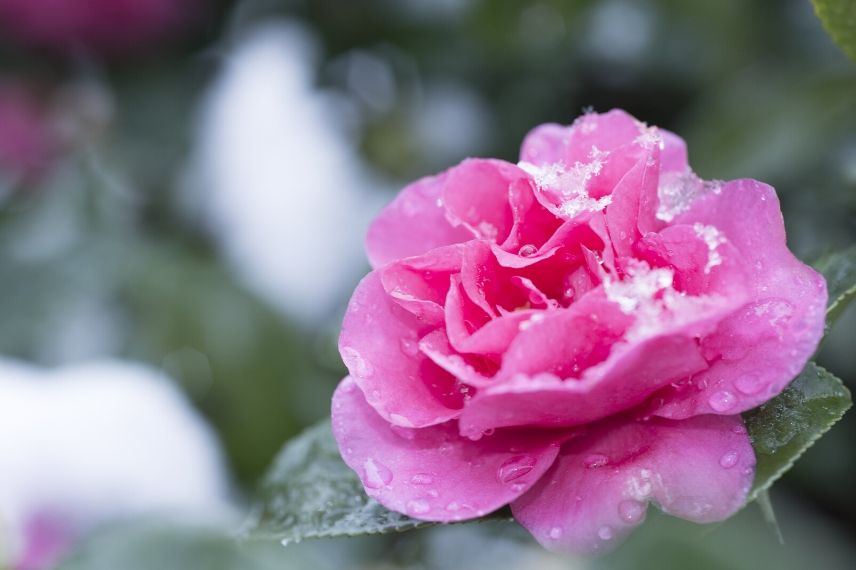
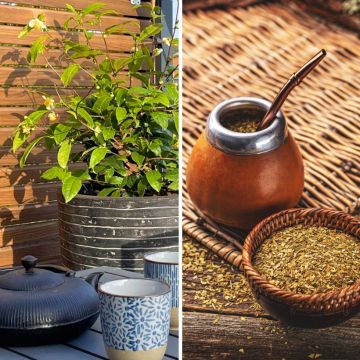
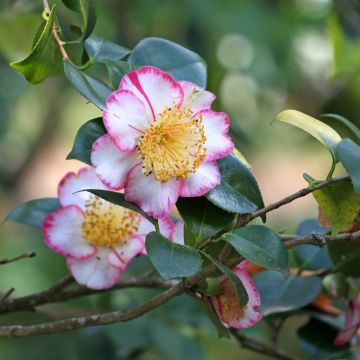

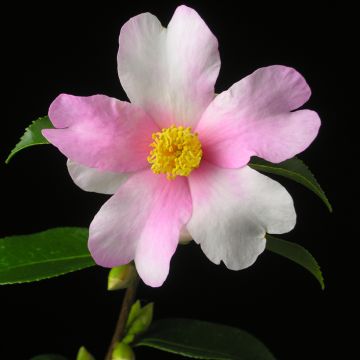

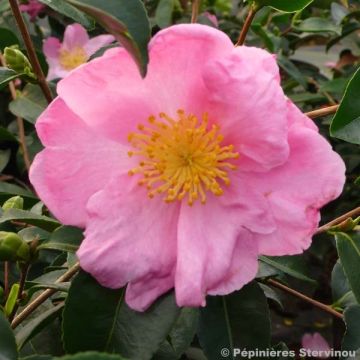
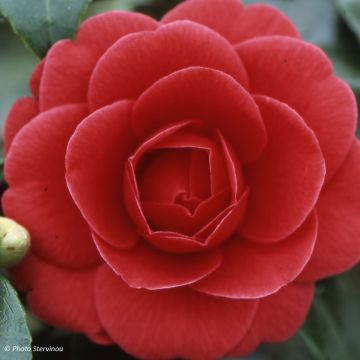
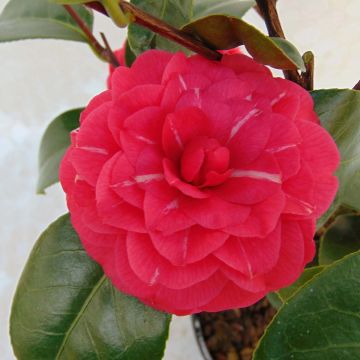
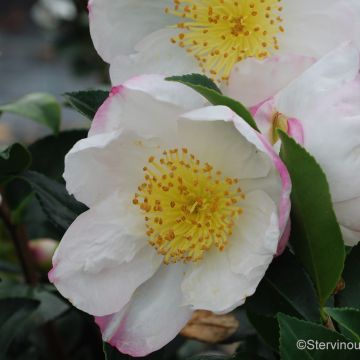
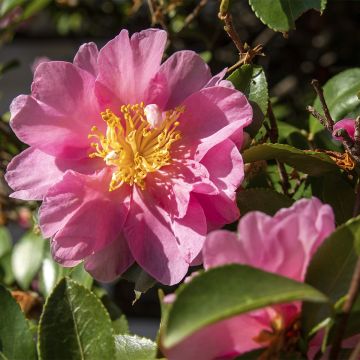
Comments